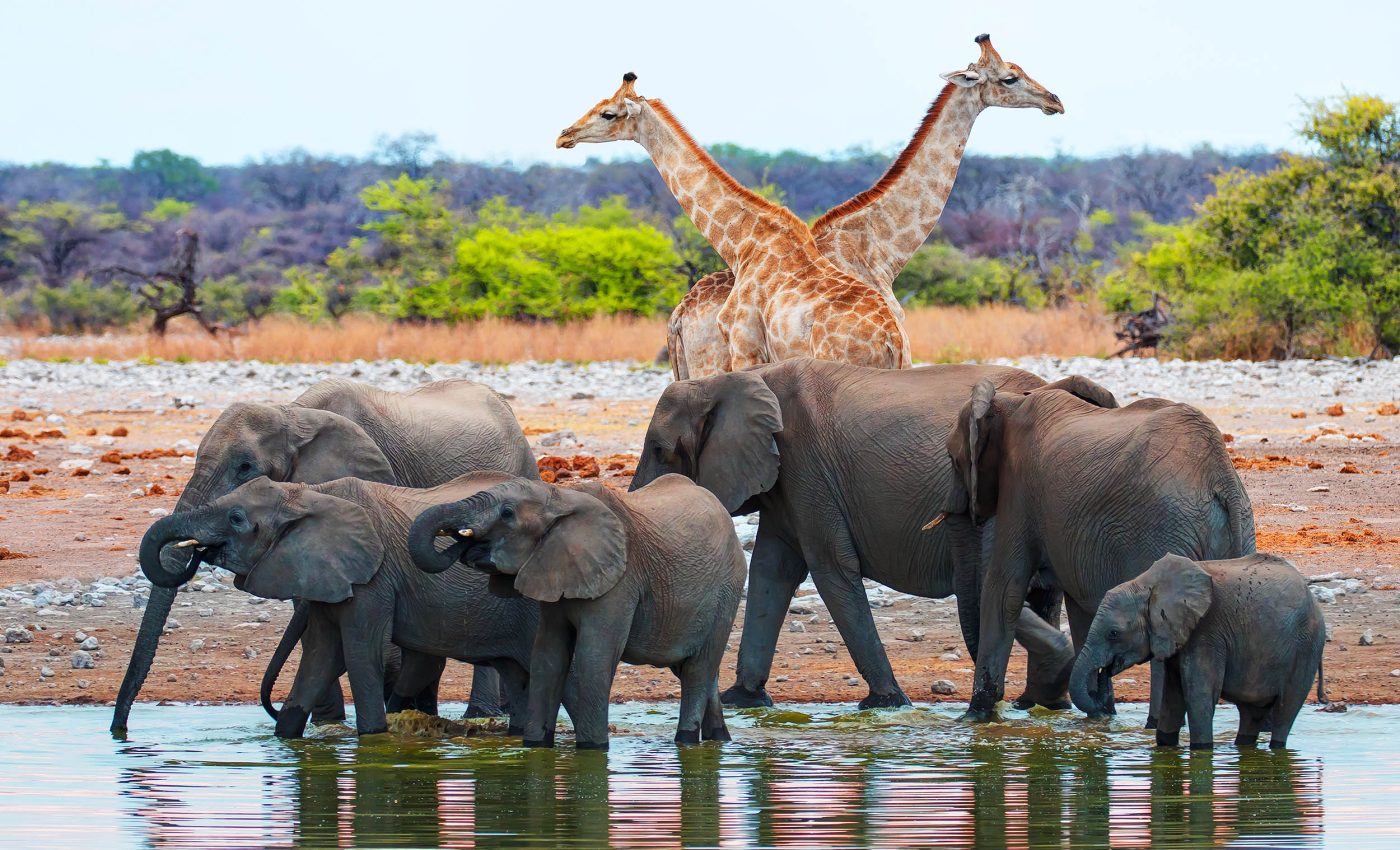
Africa's natural wildlife 'power' has nearly collapsed
Africa’s ecosystems are now running on less than two-thirds of the natural energy they once had.
A new analysis shows a continentwide collapse in the animal “power” that drives nutrient cycling, seed dispersal, and other life-support functions. This collapse raises risks for biodiversity and the people who depend on it.
Led by researchers at the University of Oxford, the study maps how energy flows through Africa’s wildlife food webs across forests, savannas, and deserts.
By comparing present-day ecosystems with precolonial baselines, the team found that total ecological energy has fallen by more than one-third.
The steepest losses are tied to vanished or diminished megafauna such as elephants, rhinos, and lions.
Africa’s giant animals in decline
“The most important and alarming result is the collapse of ecosystem functions performed by Africa’s megafauna,” said Ty Loft, lead author of the study and a researcher at Oxford’s Environmental Change Institute.
“Large wild animals are ecological engineers. Their roles can’t simply be replaced by smaller species or livestock. The loss of these giants has the potential to transform Africa’s ecosystems and landscapes.”
The work comes as world leaders prepare for COP30 in Brazil, where nature and climate will share the spotlight.
The message is blunt: losing big animals isn’t only about having fewer species. It’s about a major change in how living systems work, from how forests regenerate to how nutrients move through soil and water.
Mapping Africa’s wildlife circuits
The team used an “ecosystem energetics” lens to quantify how sunlight captured by plants flows to the birds and mammals that consume that biomass.
The researchers integrated six major datasets covering more than 3,000 species across 317,000 African landscapes. In addition, they built a new Africa-specific Biodiversity Intactness Index grounded in local expert knowledge.
The result is a physically meaningful metric of ecological vitality – how much animal energy is left to do the work of nature.
“Energy flow is the shimmering web that holds together an ecosystem,” said Yadvinder Malhi, co-author of the study at Oxford’s Environmental Change Institute.
“By mapping how this web weakens or strengthens as animals decline or recover, we can see how life itself is reorganizing across the continent. This approach turns the concept of biodiversity loss into something physically meaningful.”
Restoring Africa’s energy flow
The team discovered a striking pattern. As megafauna declined, smaller species – rodents, songbirds, and other small-bodied animals – came to dominate what remains of Africa’s energy flow.
This rebalancing may keep some processes running. However, it can’t replace the unique roles of giants that knock down trees, open clearings, spread large seeds, and move nutrients across vast distances.
Beyond tracking decline, the energetics framework helps scientists measure recovery where it matters. It shows not just how many animals return, but whether key functions revive.
It can help park managers predict how replacing elephants and buffalo with smaller antelope affects vegetation growth, fire regimes, and water cycling.
For example, in Mozambique’s Gorongosa, wildlife restoration is reshaping a war-damaged landscape.
“Restoration isn’t just about bringing animals back, it’s about bringing back what they do,” Loft said. “An energetics approach gives practitioners a way to measure that, and to prioritize the functions that make ecosystems resilient.”
Africa’s warning for the planet
The focus answers a rising policy need. Governments, conservation groups, and companies face growing pressure to report more than species counts. They must also show how ecosystems function to meet new “nature-positive” goals.
Energy-based metrics offer a common yardstick to judge whether investments – rewilding projects, protected areas, community conservancies – are restoring the power grid of life.
The implications reach far past one continent. Energy-flow metrics could sharpen global biodiversity goals under the Kunming-Montreal Global Biodiversity Framework
They do this by tying species change directly to the biosphere’s ability to cycle carbon, water, and nutrients. In a warming world, that link is crucial because resilient ecosystems buffer extremes, store carbon, and sustain livelihoods.
“The loss of animal energy flow is not just an ecological story, it’s a planet Earth story which connects the fate of individual species to the functioning and stability of the biosphere itself,” Malhi said.
Reviving Africa’s wildlife power grid
The study points toward concrete priorities: protect remaining strongholds of megafauna and the corridors that let them move.
Where wildlife has been lost, invest in reintroductions and community-led coexistence efforts that make space for their return.
Track progress with energetics – not just headcounts – so restoration projects can adjust in real time to bring back missing ecosystem functions.
Taken together, the findings convert a familiar story of biodiversity loss into a mechanics-of-life problem with measurable inputs and outputs. Africa’s wildlife “power grid” has dimmed.
Turning the lights back on also means restoring the animals that move energy through nature – and measuring success by the work they do once they’re back.
The full study is published in the journal Nature.
—–
Like what you read? Subscribe to our newsletter for engaging articles, exclusive content, and the latest updates.
Check us out on EarthSnap, a free app brought to you by Eric Ralls and Earth.com.
—–













